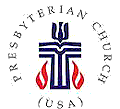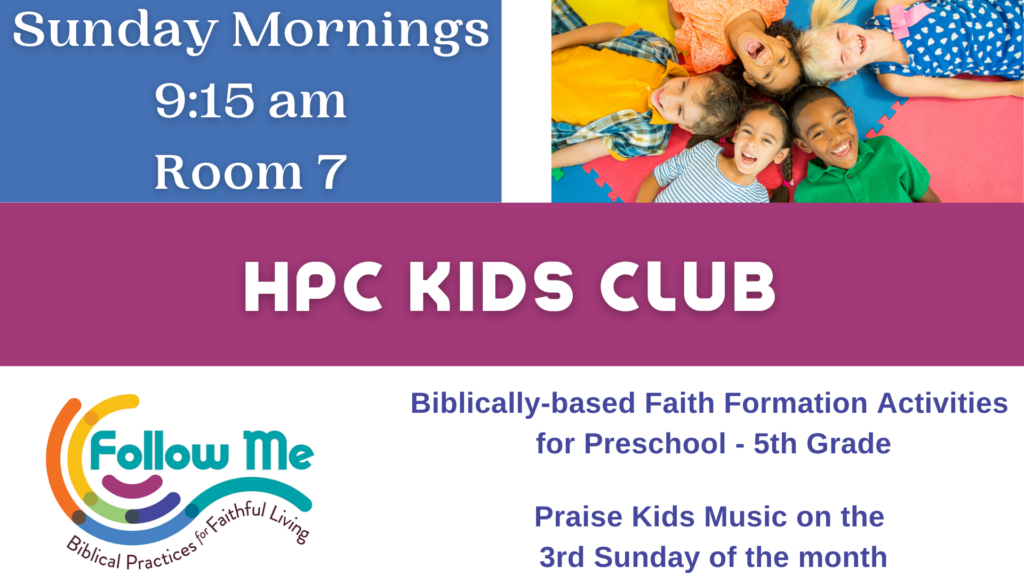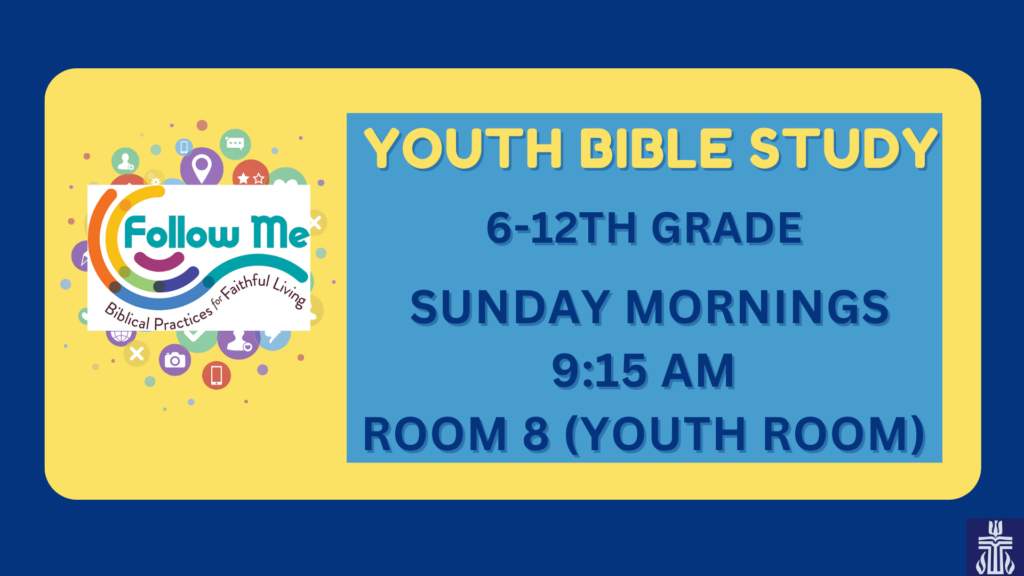When was the last time you went to a parade? When I was in middle school, my family moved to L.A., also known as “Lower Alabama” – Spanish Fort, to be exact. One of the highlights of community life each year was a few days of vacation from school marked for Mardi Gras. Little did we know that Mobile, just across the bay from where we lived, claims to be the birthplace of such celebration[i]. Regardless of location, though, parades are a sight to be seen. The floats are elaborate, with people working for months on end to create innovative and over the top displays that will move through the streets for only a few hours. And of course, there are the amazing florists and artists who work on the Parade of Roses floats in California, with all live embellishments. It is amazing. For Mardi Gras, of course, there is more than just watching. Parades are interactive. People follow along with the floats, screaming “throw me somethin’ mister!” in the hopes of being seen themselves, so that they will be showered with beads and moon pies and roses and all sorts of other toys. It didn’t take me long to learn to stick with friends who knew people in the floats, who would focus things your way. And, with two preschool-aged brothers, we learned making them visible meant even more toys launched in our direction. Parades fill the air with a spirit of celebration.
Similarly, the story of Jesus’ entry into Jerusalem is bursting with the same kind of energy, as crowds clamor around Jesus. He isn’t riding on a massive float, but rather a humble young donkey. Nevertheless, he is greeted by the masses in Jerusalem as a king. Perhaps they have been following him across the hillsides in Galilee, listening to him preach, teach, and perform miracles. Or maybe they have just heard about it and are coming to check it out. In John’s gospel, there is much reason for celebration at this point in the narrative. Jesus, only one chapter prior, has raised Lazarus from the dead. News like this – resurrection – spreads quickly. The crowd testifies to this good news, and with a display of power like this it is easy to see why many came to believe this was the long-awaited for Messiah, and they wanted to get a glimpse of the beginning of what surely would be a new age.
In John’s gospel account, we assume that the crowd was the common people of Israel. No description is given about any particular religious group or class of people. So we might assume, as Paul Barton does, that:
because we see in the Gospels that people from all walks of life approached and followed Jesus, . . . the crowd in Jerusalem included people from all economic, religious, and social groups within Israel[ii].
In other words, they were ordinary people, perhaps just like us, but also inclusive of the entire span of all humanity, sharing the news that the Savior has come. Such a crowd underscores the entire gospel message:
that God uses the humble, the oppressed, the vulnerable as the instruments of witness and revelation[iii].
The waving of palm branches is significant as well, because it tells us about the nature of this grand display. Palms have a political meaning, dating back almost 200 years before this event (circa 167-160 BCE), when the Jewish people revolted against a Seleucid Empire by refusing to worship Greek Gods, leading to a series of battles known as the Maccabean Revolt, recorded in the book of Maccabees, which is not in our biblical canon as Protestants, but is found in among the books in the Apocrypha, that is included in some other faith traditions.
In two passages describing the victories of the Maccabees over their Gentile overlords, palm leaves are used as markers of victory and celebration (1 Macc. 13:51; 2 Macc. 10:7)[iv].
Such symbolism would not have been incidental for the people in Jerusalem, nor for John in his writing of the gospel, which is rich with metaphor and meaning. In this moment, it is clear how the crowd sees Jesus. Their shouts of “Hosanna!” – Save Us – are earnest pleas for redemption, for this is their king.
On Palm Sunday, we join this boisterous crowd with all of its frenetic energy. We are as the Pharisees describe, part of “the world that has gone after him,” proclaiming Jesus as our Lord. The palms waving and crowds cheering bring a joyful tone to even a dreary day, a wonderful hint at the celebration that will unfold one week from now. John slips in a comment about the disciples in verse 16, that they didn’t really understand what was happening until after the full events had transpired. How fortunate for us to view this parade with all the benefit of knowing the fullness of where this story leads – to the cross and the empty tomb. Nevertheless, we, too, might misunderstand the implications if we are only focused on the revelry and forget to look up and see Jesus for the fullness of his message to the world. Judith McDaniel calls us to attention, naming the ways our vision of Jesus on Palm Sunday might fall short. She writes:
When we proclaimed him to be all that we had longed for, we knew not what we said . . . We still exalt the forms of kingship, not the content of his reign. We focus on the outline of the concept without perceiving its substance. We look for a crown, while we have been given a cross. We still do not understand that he is not a kingdom of fame and achievement. His is a realm of service and sacrifice. His is not a political victory. It is a promise of victorious, abundant life now. His action is less a claim concerning himself than it is a sign of the presence of God’s kingdom[v].
To truly be “Palm Sunday” people, we must dig deeper in this story, and go beyond the parade. One way to do this is to expand our reading for the day to include what happens next. After all, none of our Biblical texts exist in some sort of storybook vacuum. They happen in context, as a sequence, and in the case of the gospels, a carefully crafted one to build upon greater themes to help us ultimately understand who this Jesus character really is, that (as John’s gospel indicates) we might come to believe (see John 20:31). Among the crowd, or at least those who followed, John introduces some outsiders, Greek, who speak to Philip and Andrew, the two disciples with Greek-sounding names from Galilee[vi]. Their polite request speaks to the heart of where I think our focus should be on Palm Sunday, or any Sunday for that matter. “We wish to see Jesus.”
It is a polite request, marked by social convention and respect. Of course, they mean more than literal “seeing.” It’s not that they were particularly short and didn’t get a good view. They wish to have an audience with Jesus; to meet and speak with him. Their request parallels the invitational phrase Christ himself has used throughout this gospel to the disciples and others who followed: “Come and See.” These words tip us off that, in contrast to some religious leaders like the Pharisees, and even the gathered crowd of people in Jerusalem, there are in fact people who are able to see Jesus for the fullness of who he truly is. What is more, these are outsiders – Greeks. They remind us of the broadness of the gospel message being truly “for all the world,” and at the same time humble those of us “on the inside” with the awareness that the best insights and understanding might come from sources other than ourselves.
Jesus’ response is dark and challenging, further indicating that the kingship longed for and cheered on by the massive crowd is going to look quite different in reality. Alexander Wimberly notes that Jesus’ response about the grain of wheat reminds us that:
The heart of Christianity is a bunch of unsettling truths: some things we are familiar with need to die, in order for new life to arise; the work of the Spirit will not be contained in set patterns; and anyone and everyone who wants to get involved should do so[vii].
Getting involved in Christianity is less about coming forward as part of a crowd caught up in merriment, and more about coming forward with the words offered by the Greeks, saying “we wish to see Jesus,” acknowledging the depth of such a request that may take us to places unexpected, and may ask us to let go of things and ideas we once clung to as sacred. It is the culmination of our Lenten practice – letting go of our own expectations, and preparing to embrace the realities before us.
Saying “we wish to see Jesus” opens our eyes to the world around us. It prompts us to ask hard questions, and investigate things more closely. It calls to pay attention to the ways Christ may be revealed even in unexpected places in our lives. Most of all, it sets an intention for living as followers of the one on the donkey, even if we don’t have it all figured out just yet, to seek a deeper relationship with the divine .
Saying “we wish to see Jesus” puts us on the road, not to jump from our Palm Sunday parade to Easter celebration next Sunday, but to travel the difficulty of this Holy Week. To remember the path Christ himself took to Jerusalem; to witness his fury in the temple; to hear his frustration with organized religion the way it was; to encounter the extreme reversal of our Lord kneeling at the dirty, dusty feet of his disciples and washing them as a servant; to wrestle with his commandment to love; to feel the weight of the cross on the way to Golgotha; to weep with the women as darkness descends. Holy Week gives us one of the most remarkable overviews of a multifaceted Savior, a multifaceted God. It helps us see the magnitude of the greater story, which leads us to a greater appreciation for the empty tomb, and plants in us a longing to repeat that refrain “we wish to see Jesus” as we look for the living Christ among us.
So may this statement guide our journey to the empty tomb. May we approach this week with eyes open, in celebration, yes, and in contemplation of the greatest story of our faith. Most importantly, may we, with every fiber of who we are, wish to see Jesus. Amen.
~Rev. Elizabeth Lovell Milford
March 25, 2018
—————————————————————————————————————————————
[i] http://www.al.com/news/mobile/index.ssf/2018/01/as_alabama_trolls_new_orleans.html
[ii] Paul Barton, “Theological Perspective: John 12:12-19,” Feasting on the Gospels: John, Volume 2, Cynthia A. Jarvis and E. Elizabeth Johnson, editors, (Louisville, KY: Westminster John Knox Press, 2015).
[iii] Paul Barton, “Theological Perspective: John 12:12-19,” Feasting on the Gospels: John, Volume 2, Cynthia A. Jarvis and E. Elizabeth Johnson, editors, (Louisville, KY: Westminster John Knox Press, 2015).
[iv] G. J. Riley, “Exegetical Perspective: John 12:12-19,” Feasting on the Gospels: John, Volume 2, Cynthia A. Jarvis and E. Elizabeth Johnson, editors, (Louisville, KY: Westminster John Knox Press, 2015).
[v] Judith M. McDaniel, “Homiletical Perspective: John 12:12-19,” Feasting on the Gospels: John, Volume 2, Cynthia A. Jarvis and E. Elizabeth Johnson, editors, (Louisville, KY: Westminster John Knox Press, 2015).
[vi] “Of the twelve disciples, only Philip and Andrew have purely Greek names . . . Both are from Galilee (1:44), which is, according to Matthew 4:15 (quoting Isa. 9:1), “Galilee of the Gentiles,” a district of Palestine that has long been majority non-Jewish. It may be that the Greeks mentioned here are also from Galilee and approach Andrew and Philip as fellow Galileans with familiar-sounding Greek names.” G. J. Riley, “Exegetical Perspective: John 12: 20-26,” Feasting on the Gospels: John, Volume 2, Cynthia A. Jarvis and E. Elizabeth Johnson, editors, (Louisville, KY: Westminster John Knox Press, 2015).
[vii] Alexander Wimberly, “Pastoral Perspective: John 12: 20-26,” Feasting on the Gospels: John, Volume 2, Cynthia A. Jarvis and E. Elizabeth Johnson, editors, (Louisville, KY: Westminster John Knox Press, 2015).




Leave a Reply
You must be logged in to post a comment.